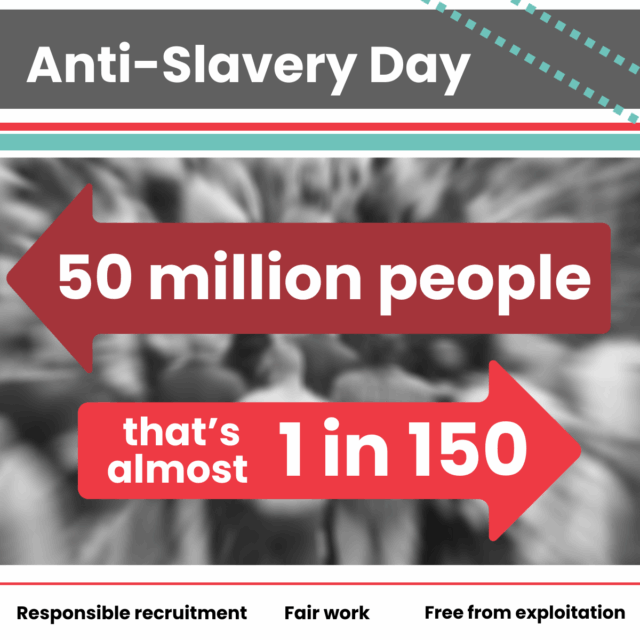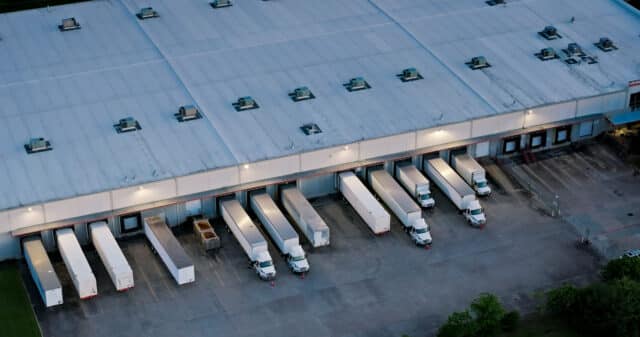
When it comes to efficiently running a modern-day business, effective workforce planning is no longer about reacting to staffing gaps—it’s about anticipating them. Leveraging data and technology has moved workforce planning from a reactive process to a proactive strategy. For sectors like logistics, manufacturing, and retail, where labour demand fluctuates and staffing shortages can disrupt operations, predictive workforce planning offers a competitive edge.
This article explores how organisations can use data and workforce planning analytics to anticipate future needs, optimise resources, and reap the benefits of a well-prepared workforce strategy.
The role of workforce planning in business success
Workforce planning ensures that the right people, with the right skills, are in the right place at the right time. Without it, businesses risk:
- Understaffing: Resulting in missed deadlines, reduced productivity, and customer dissatisfaction.
- Overstaffing: Inflating costs and lowering profit margins.
- Skill gaps: Hindering growth and innovation.
According to a 2024 CIPD report, only 37% of organisations feel confident in their workforce planning, highlighting the urgent need for data-driven solutions.
How data transforms workforce planning
Data is the foundation of modern workforce planning. Predictive analytics and AI tools allow organisations to:
1. Anticipate staffing needs
Predictive analytics uses historical data, market trends, and operational metrics to forecast future staffing demands. For example:
- Seasonal spikes in logistics can be predicted based on previous years’ order volumes.
- Manufacturing businesses can forecast labour needs based on production schedules and sales data.
Example: A UK retailer leveraged predictive analytics to prepare for a 40% increase in seasonal hiring during the Christmas period, reducing vacancy-related delays by 25%.
2. Identify turnover risks
Data Point: Companies using predictive turnover tools reduced attrition by 15%, saving an average of £1,200 per employee in rehiring costs
3. Optimise staffing levels
Real-time data integration ensures staffing levels align with demand, avoiding overstaffing or understaffing. Workforce management systems provide insights into resource allocation across departments or locations, ensuring operational efficiency.
Data Point: Businesses using real-time staffing data report a 20% increase in productivity due to improved resource utilisation (SIA Workforce Trends, 2023).
Subscribe to our newsletter
Stay ahead of employment updates and workforce management tips. Subscribe to our newsletter for expert insights straight to your inbox.
Leveraging technology for workforce planning
1. Workforce analytics tools
Workforce analytics platforms centralise data from multiple sources—HR systems, scheduling tools, and payroll systems—to provide actionable insights. These tools enable:
- Real-time dashboards to monitor workforce KPIs.
- Predictive modelling for future staffing scenarios.
- Data visualisations to communicate insights effectively.
2. Artificial Intelligence (AI) in workforce planning
AI enhances workforce planning by automating data analysis and providing actionable recommendations. For example:
- AI algorithms predict labour shortages by analysing patterns in absenteeism and turnover.
- Machine learning models optimise shift scheduling to balance workloads and reduce burnout.
Data Point: Organisations adopting AI-driven workforce planning reduce planning cycles by 30%, enabling faster decision-making.
3. Vendor Management Systems (VMS)
For organisations reliant on contingent staffing, VMS platforms integrate agency networks and provide visibility into temporary workforce planning. Key benefits include:
- Centralised talent pools for quick deployment during demand surges.
- Real-time data on available contingent workers.
- Automated compliance checks to ensure regulatory alignment.
Benefits of predictive workforce planning
1. Cost savings
Proactive planning reduces the financial impact of last-minute recruitment, overtime costs, and overstaffing. Businesses that leverage workforce analytics save an average of 15% on labour costs annually.
2. Improved operational efficiency
Aligning staffing with demand ensures smoother workflows, fewer disruptions, and higher productivity. For example, logistics companies using predictive planning reduce order fulfilment delays by 20%, enhancing customer satisfaction.
3. Enhanced employee experience
Predictive planning helps create better schedules, reducing employee stress and improving retention. Workers value stable, well-managed shifts that balance business needs with personal preferences.
Example: A UK logistics firm reduced absenteeism by 18% by implementing AI-driven scheduling tools, ensuring fair shift distribution.
Steps to implement predictive workforce planning
- Consolidate data sources: Integrate data from HR, payroll, scheduling, and operational systems into a centralised platform.
- Adopt predictive analytics tools: Invest in platforms that can analyse historical and real-time data to generate forecasts.
- Engage stakeholders: Involve HR, operations, and finance teams to align workforce planning with business objectives.
- Monitor and refine: Continuously track outcomes and refine predictions based on changing business needs or market conditions.
The future of workforce planning: data-driven decisions
As businesses face increasing complexity when it comes to workforce management, predictive workforce planning offers a way to stay ahead. By leveraging data, technology, and analytics, organisations can anticipate challenges, optimise resources, and build resilient teams, ready for both the here and now and what lies ahead.
Key takeaway: Proactive workforce planning isn’t just a tool for operational efficiency—it’s a strategic advantage. Adaptability is key if businesses are to stay competitive, so using data to predict and prepare for future needs ensures they remain so.
If you’re ready to look at data-driven workforce planning, to plan ahead and meet challenges head on, now’s the time to see what’s available.
Book a demo
Discover a staffing solution tailored to suit your business requirements








